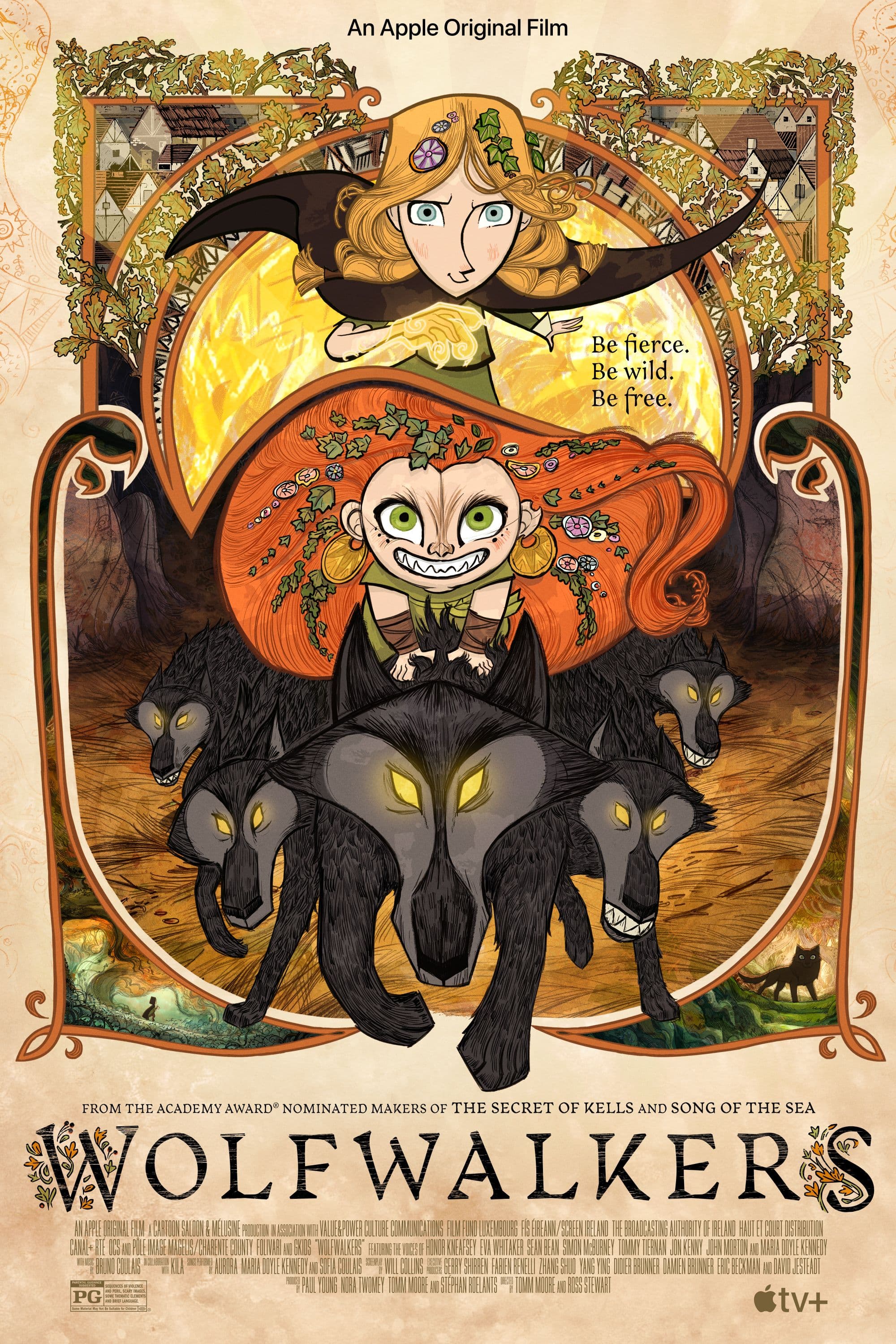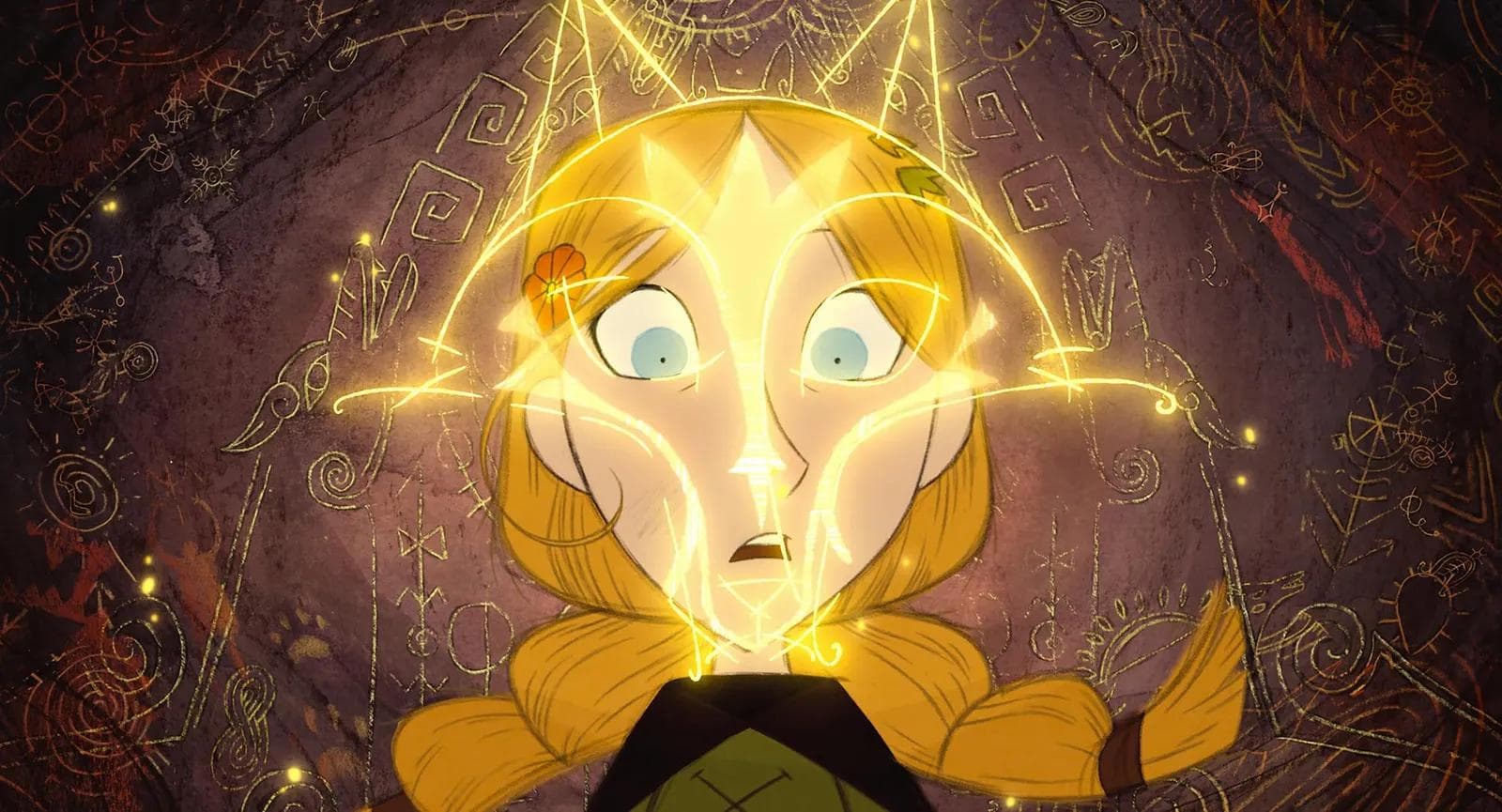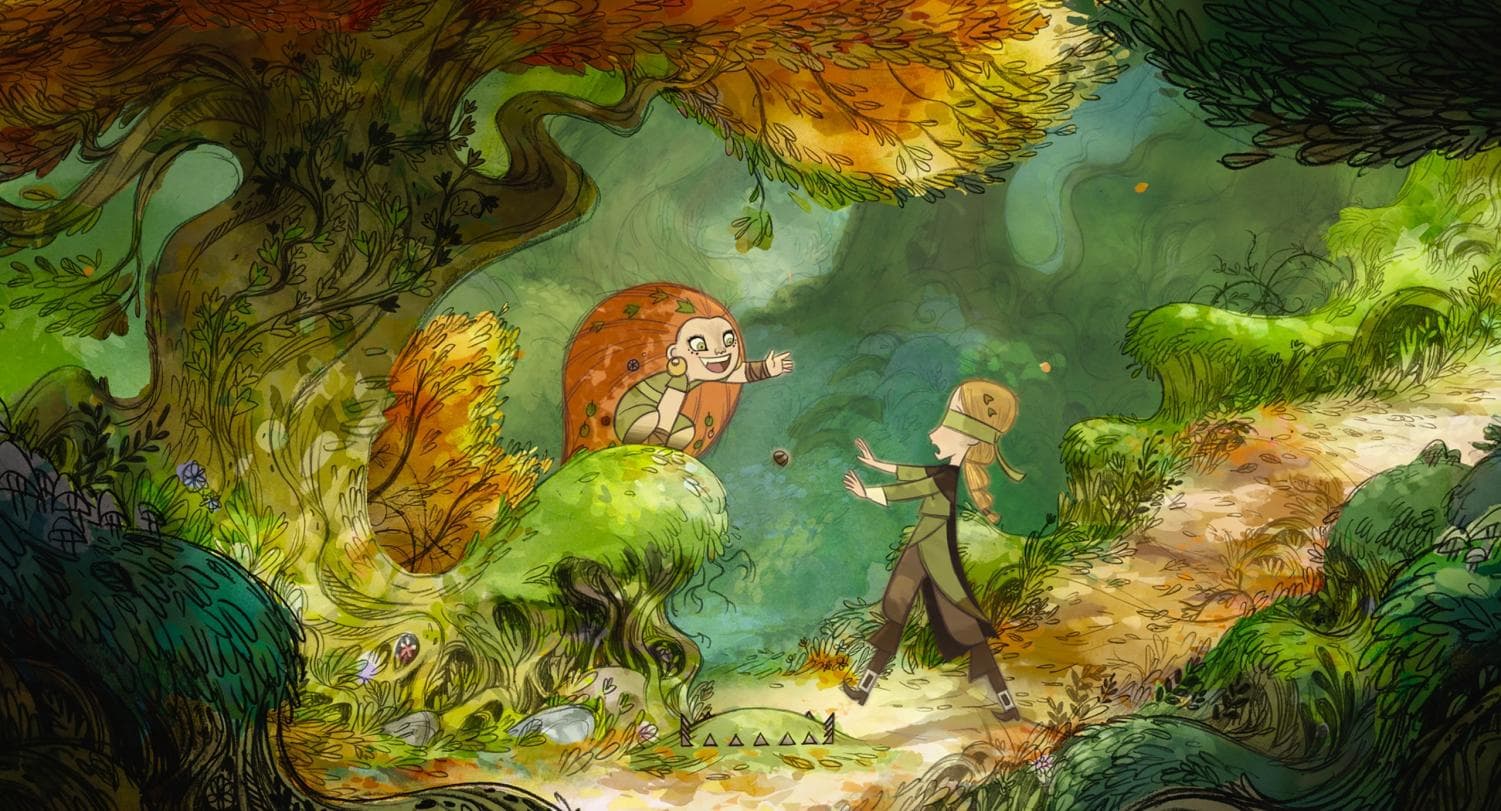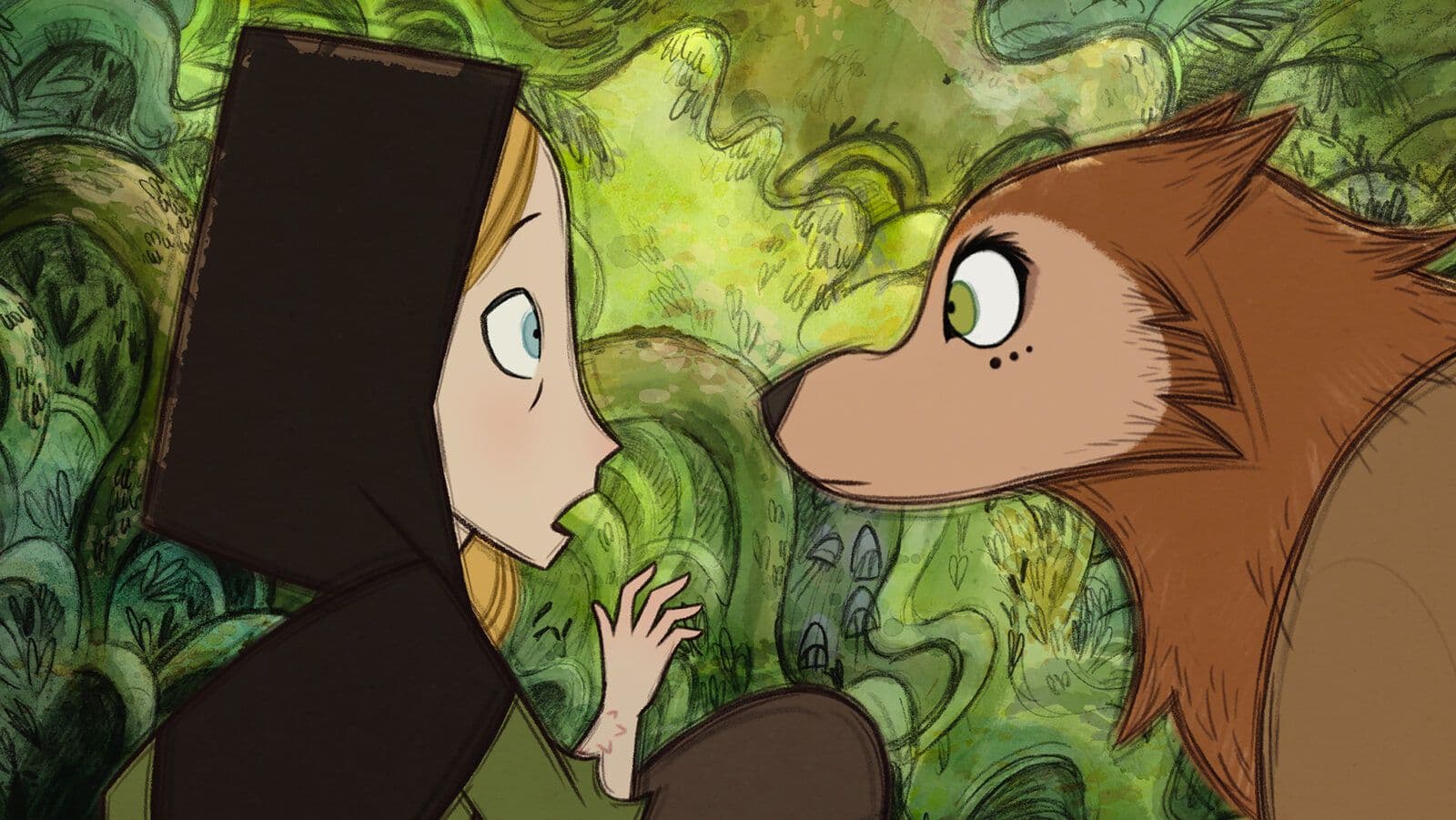
Wolfwalkers
2020
Rate this movie
Average: 5.00 / 5
(1 votes)
Directors
In an animation landscape dominated by the polished and somewhat aseptic perfection of CGI, Tomm Moore and Ross Stewart's Wolfwalkers bursts onto the screen not as a nostalgic work, but as an act of aesthetic resistance, a vibrant and joyous manifesto. Produced by Ireland's Cartoon Saloon, this film is a creative torrent, a work that celebrates the imperfection of the human hand and uses it to tell a story of freedom, friendship, and rebellion. It is a dazzling visual experience, so full of life that it makes its three-dimensional cousins seem like mannequins trapped in a glass case. The most brilliant and contagious aspect of Wolfwalkers is its playful dimension, a sense of play that permeates every frame. The story follows Robyn, daughter of an English hunter in 1650s Kilkenny, and Mebh, a wild and untamed "wolfwalker." Their encounter and burgeoning friendship are a continuous chase, a game of discovery between two worlds. But the real game is that of animation itself.
Cartoon Saloon makes a radical and magnificent choice: not to hide, but to showcase the creative process. The characters, especially when running, jumping, and fighting, leave behind the raw pencil lines, the visible marks of the preparatory sketch. This is not a flaw, but a declaration of intent: the character's energy is so irrepressible that it "breaks" the cleanliness of the finished drawing. It's an ingenious device that imbues a dynamism and vitality that computer animation struggles to replicate.
The film represents a profound innovation because it uses different styles as narrative tools. The city of Kilkenny, oppressed by the Puritan Lord Protector, is drawn with harsh, rigid, almost woodcut-like lines; it is a world of cages, walls, and right angles. The forest, by contrast, is an explosion of organic curves, fluid watercolors, and lush colors. The visual masterpiece is "wolfvision": when Robyn experiences the world from a wolf's perspective, the screen transforms into a sensory triumph of abstract forms, trails of smells represented as golden threads of light, and sounds visualized in pulsating waves. It is the perfect translation of a non-human experience into a breathtaking visual language, something truly new in the animation landscape.
Beneath the surface of a splendid adventure for young people, Wolfwalkers is a layered and politically sharp fable. The narrative is a powerful and clear allegory of complex themes such as Colonialism: The English, led by a Lord Protector who is the obvious stand-in for Oliver Cromwell, are the colonizers seeking to "civilize" and subjugate the wild land of Ireland, represented by the forest and its spirits, the wolves. Their motto is to tame, enclose, subdue. But we also find the theme of Patriarchy and Dogmatic Religion: The Lord Protector rules with an iron fist and the word of a severe and punitive God. It is a world of men where women (like Mebh's trapped mother) are either absent or subjugated. The Wolfwalkers, by contrast, represent a matriarchal power, healing and tied to nature, a form of pagan spirituality that Puritanism seeks to eradicate as heresy. Environmentalism is also strongly connoted: The struggle between the city and the forest is the eternal metaphor for the conflict between civilization and nature, between the logic of exploitation and that of coexistence. The film has no doubt which side is right.
Wolfwalkers is the most dazzling proof that a different path for Animation cinema can exist. The film does not react to Disney, nor does it subvert it. It simply ignores it, drawing from a completely different tradition: Celtic and Irish folklore. In this sense, Wolfwalkers is not just a film, but the revitalization of an entire imaginary. It demonstrates that the cinematic fairy tale does not necessarily have to be a global formula, but can be a rooted, unique, and artistically irreducible narrative. Wolfwalkers is an explosion of visual joy, a compelling story, and a passionate testament to the power of hand-drawn animation. It is a film about freedom in all its forms: the freedom to run in a forest, the freedom of a people in the face of oppression, and, above all, the freedom of a group of artists to create something wild, untamed, and wonderfully outside the box.
Gallery






Comments
Loading comments...